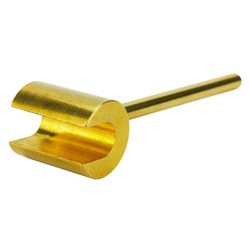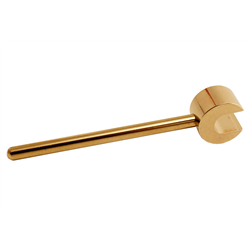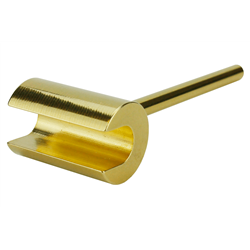This depends on how often you use your paint brushes! Every time you finish using your paint brush whether you are...
No products
Product successfully added to your shopping cart
There are 0 items in your cart. There is 1 item in your cart.
Search Tips
Christmas and New Year
We are dispatching orders every weekday apart from Christmas Day, Boxing Day and New Year's Day.
If you order is time critical, select next day delivery at checkout.
The shop in Sandown is closed from 25th December, reopening on 30th December.
How do I test the width between the wheels of my engines?
The best way to check the wheels of your locomotives is to use a tool called a back to back gauge.
They are available for all scales/gauges. They are made of brass and you simply slide it over the axle and the back of the wheels.
If it proves difficult to get your gauge over the axle and between the wheels, the gap is too tight, then the wheels are too close together, so the axle will need removing from the chassis to enable you to pull the wheels apart slightly to allow the back to back gauge.
If the gauge does not touch both wheels, the wheels are too far apart and need to be squeezed back together.
Hopefully one of these in your tool kit will give you many years of perfect rolling and stop those annoying derailments.
Click here to receive the tips weekly in your mailbox. You can unsubscribe at any time.










